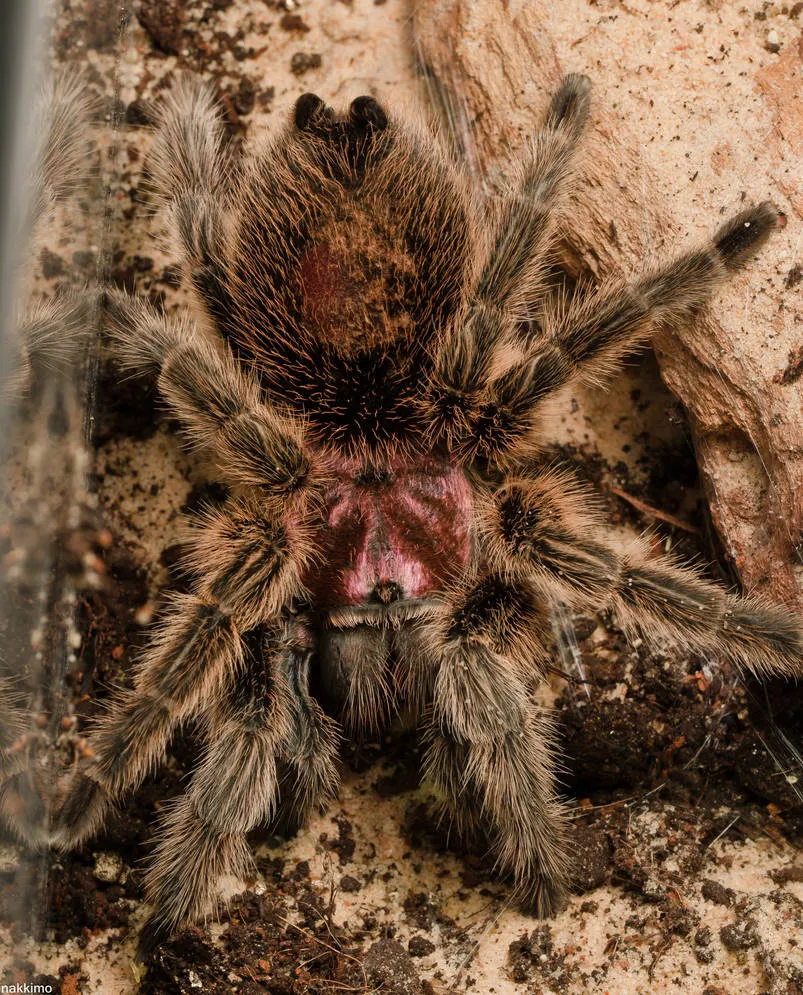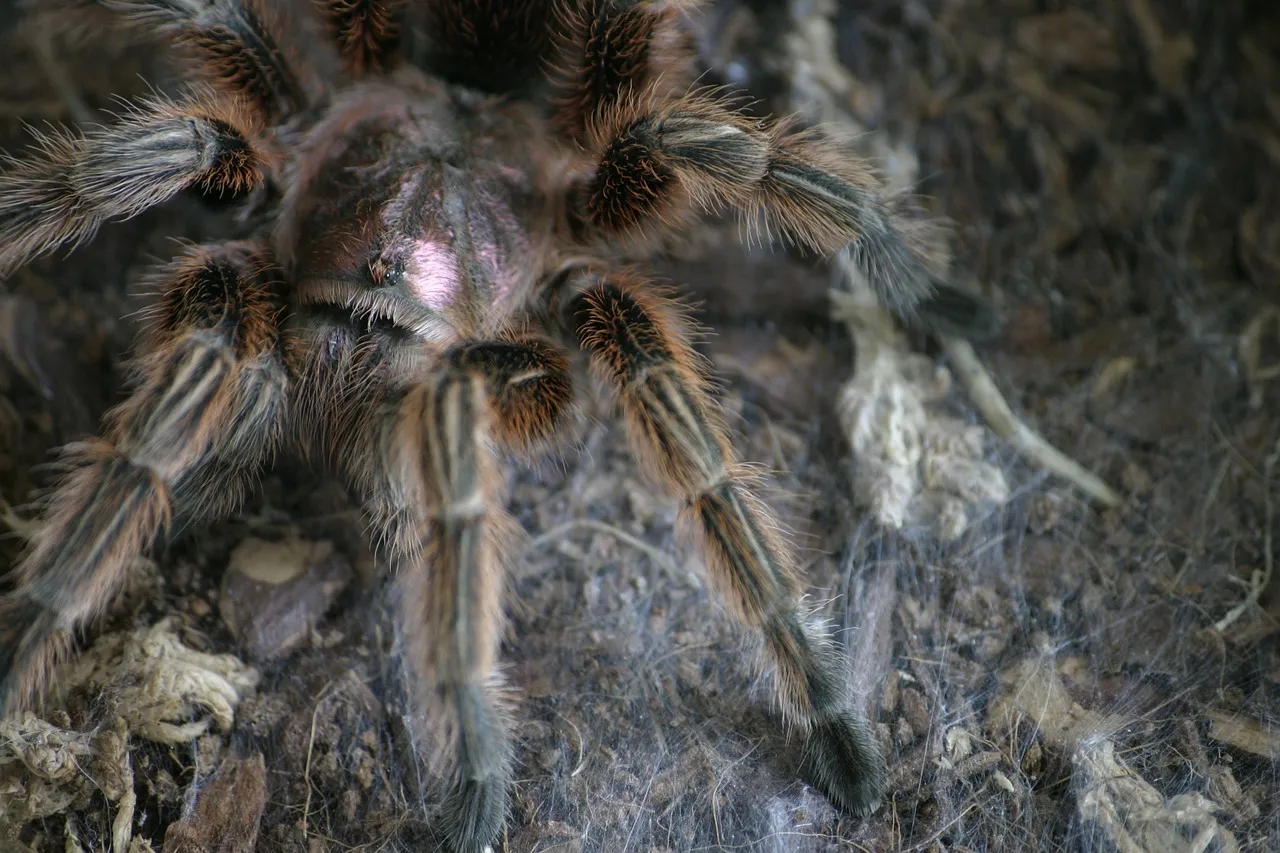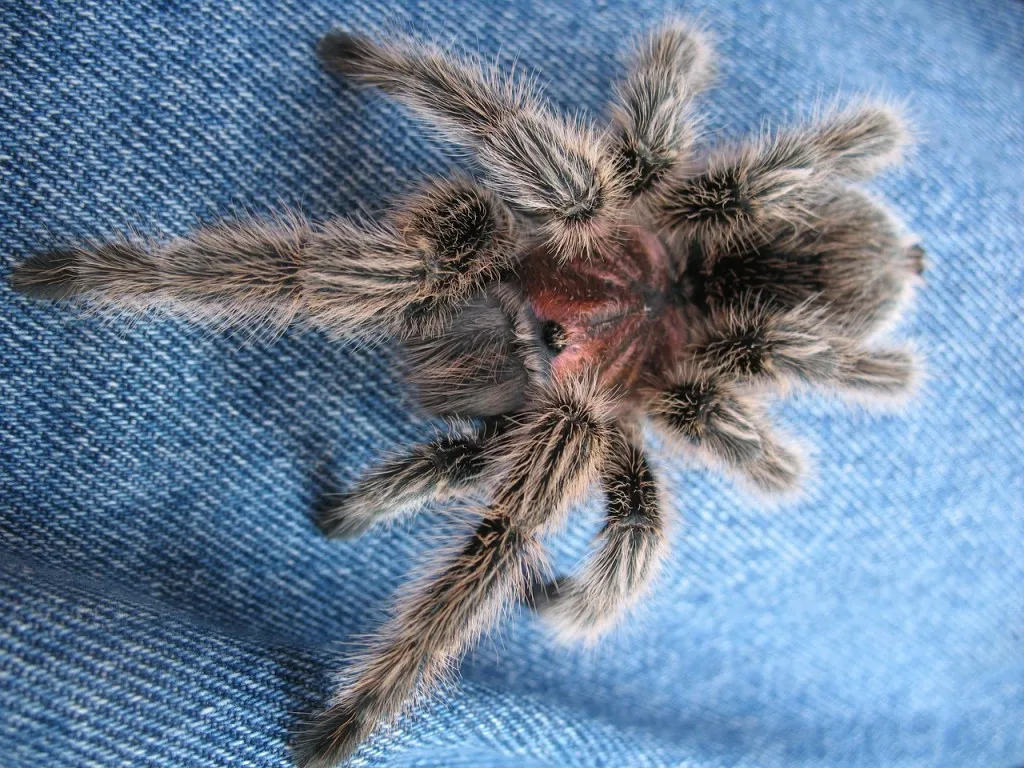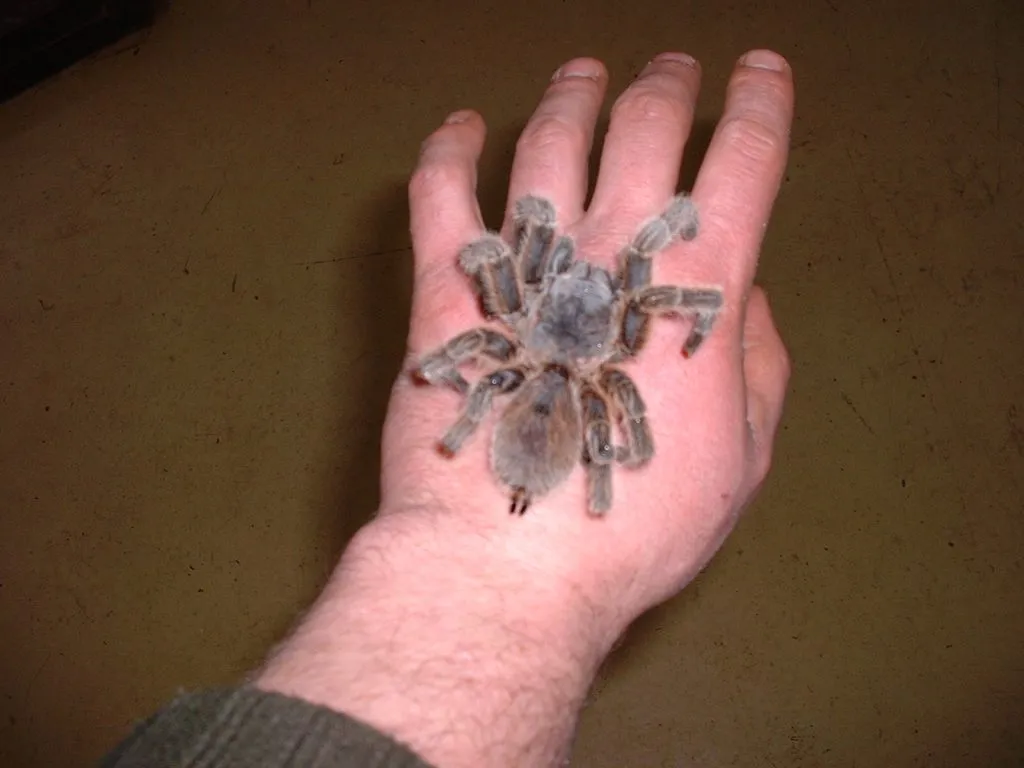Is My Chilean Rose Tarantula Dying?
Owning a Chilean Rose Tarantula can be a rewarding experience, but it also comes with the responsibility of ensuring its health and well-being. Recognizing the signs of a dying tarantula is crucial for providing timely care and potentially saving its life. Unfortunately, tarantulas are not always the easiest pets to read, and their secretive nature means they often hide illnesses until they are quite advanced. This guide will provide you with the top 5 warning signs that your Chilean Rose Tarantula may be in distress, as well as steps you can take to help.
Lethargy and Lack of Movement
One of the most common early indicators of a problem is a change in your tarantula’s activity level. Chilean Rose Tarantulas are typically active, especially during the evening hours. If you notice your tarantula is unusually still, spending most of its time in one spot, or moving very slowly, it’s a sign something is wrong. This lethargy can be caused by various factors, including illness, dehydration, or environmental stress. Closely observe your tarantula for any changes in its activity patterns, as this can often be the first hint of a health issue. Watch for any reluctance to move when disturbed or when food is offered, this can be a crucial clue.
Loss of Appetite and Refusal to Eat

A healthy Chilean Rose Tarantula has a hearty appetite, particularly for live insects. A sudden or prolonged loss of appetite is a significant cause for concern. If your tarantula stops eating, even after offering its favorite meals, it could be a sign of illness, stress, or a problem with its environment. Keep track of how often your tarantula eats and what it eats. Refusal to eat for several weeks, especially for a juvenile or sub-adult, is a serious issue. Ensure the prey items you offer are appropriate in size and are still alive, as this can be another factor influencing their desire to eat. A tarantula that appears to be losing weight or has a shrunken abdomen is a warning sign.
Changes in Appearance
Any visible changes in your tarantula’s appearance can be warning signs of a problem. This can encompass various aspects, from the overall color and sheen of the tarantula to any physical deformities or unusual growths. A healthy Chilean Rose Tarantula typically has a vibrant coloration. Look out for any dullness, discoloration, or unusual markings on the carapace (the top part of its body) or abdomen. Changes in the exoskeleton’s texture, such as a wrinkled or sunken appearance, can also signal dehydration or illness. Regularly inspect your tarantula during molting, as any problems during this process can be critical to its survival. Note any spots, lesions, or abnormalities that were not present before.
Discolored Abdomen
The abdomen is a crucial part of a tarantula’s body. It’s where the spider stores food and houses vital organs. A healthy abdomen should be plump and the color should be consistent with the species. Any discoloration of the abdomen can be a sign of illness or injury. This could include dark spots, areas of unusual color, or a general dullness. These color changes might indicate internal damage, infection, or other health problems. Look for signs of injury, such as cuts or punctures, that might be contributing to the discoloration. If the abdomen appears shrunken, it may indicate dehydration or starvation. Always take note if you see the abdomen appearing discolored or damaged in any way.
Molting Problems

Molting is a natural process for tarantulas, but any issues during this process can be a serious concern. A tarantula that is struggling to molt, or has molted incompletely, may be facing health issues or environmental problems. If your tarantula is unable to fully shed its exoskeleton, parts of the old skin might remain attached to its legs, fangs, or other body parts. This can restrict movement, make it difficult for the tarantula to eat, and potentially lead to infection. Provide adequate humidity and a suitable environment for the molt. If your tarantula is having trouble molting, it is best to provide assistance, but avoid interfering unless you are certain of what you are doing. A bad molt can often be a death sentence.
Abnormal Posture or Positioning
The way a tarantula positions itself can tell you a lot about its health. A tarantula exhibiting an unusual posture or positioning might be struggling with a health issue. For example, if your tarantula is lying on its back, it could be a sign of dehydration, paralysis, or a serious illness. Other unusual postures include a stiff or rigid stance, curled legs, or difficulty moving. A tarantula that is constantly trying to climb the sides of its enclosure may also be displaying signs of stress or a problem with its environment. Be sure to note any odd positions or movements that are new or inconsistent with normal behaviors.
What to Do if Your Chilean Rose Tarantula is Dying
If you suspect your Chilean Rose Tarantula is dying, time is of the essence. It’s essential to remain calm and take immediate action. The steps you take can significantly impact your tarantula’s chances of survival. Remember that even if a tarantula is showing signs of illness, it might be possible to reverse the condition with proper care and treatment. Keep in mind that it is not always possible to determine the precise cause of your tarantula’s condition on your own, and sometimes professional assistance is necessary. By taking swift and appropriate action, you can provide the best possible care for your tarantula.
Provide a Suitable Environment

Check your tarantula’s enclosure to ensure it meets its basic needs. Make sure the temperature and humidity levels are appropriate for a Chilean Rose Tarantula. Chilean Rose Tarantulas thrive in a temperature range of 70-80°F (21-27°C) and a humidity level of 60-70%. Ensure the enclosure is well-ventilated but not drafty. Remove any uneaten food or waste to maintain a clean and hygienic environment. Provide a shallow water dish with fresh water at all times. Ensure the substrate is appropriate and that the tarantula has a place to burrow or hide, as this can help reduce stress.
Consult a Veterinarian or Expert
If your tarantula is showing serious signs of illness or distress, it’s crucial to seek professional help. Locate a veterinarian experienced in treating exotic pets or a tarantula expert. They can examine your tarantula, perform necessary tests, and provide a diagnosis and treatment plan. When contacting a veterinarian or expert, be prepared to provide information about your tarantula’s environment, diet, and any symptoms you’ve observed. The specialist will be able to give specific advice that is catered to your particular pet. They might recommend antibiotics, hydration therapy, or other treatments that are appropriate. Early intervention by a professional can often be the difference between life and death.
Offer Hydration and Nutrition
If your tarantula is refusing food, you can try offering it a small amount of its favorite prey. Ensure that the prey is small and easy to catch. Hydration is crucial for a sick tarantula. In addition to ensuring your tarantula has access to fresh water, you can provide extra moisture by misting the enclosure lightly with water. Avoid over-misting, which can cause the enclosure to become too humid. You might need to assist in feeding if the tarantula is weak or unable to hunt on its own. In this case, carefully offer small pieces of food directly to the tarantula, using tweezers.
Preventative Measures for a Healthy Tarantula

Preventing illness is always better than treating it. Providing a healthy and appropriate environment can help minimize the risk of your Chilean Rose Tarantula getting sick. Regularly clean the enclosure, ensuring that you remove any uneaten food and waste to prevent bacterial growth and other health issues. Maintain the right temperature and humidity. A consistent environment is critical for your tarantula’s well-being. Provide a varied diet, offering a range of appropriate-sized insects to provide essential nutrients. Regularly inspect your tarantula for any early signs of problems, such as unusual behaviors or changes in appearance. By staying vigilant and proactive in your care, you can significantly increase the likelihood that your Chilean Rose Tarantula will live a long and healthy life.
